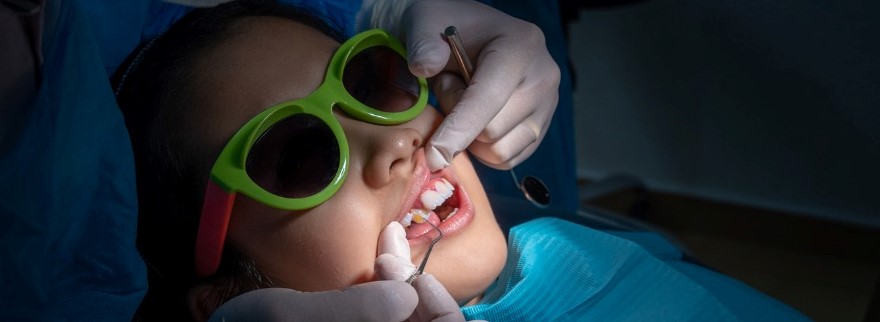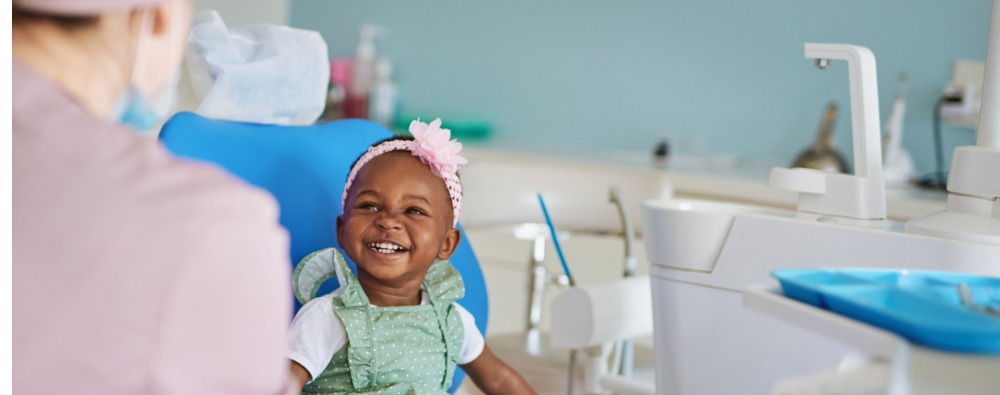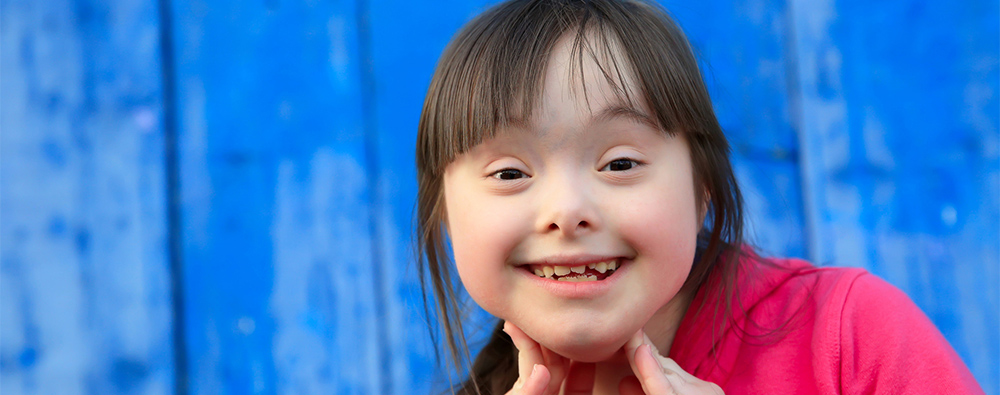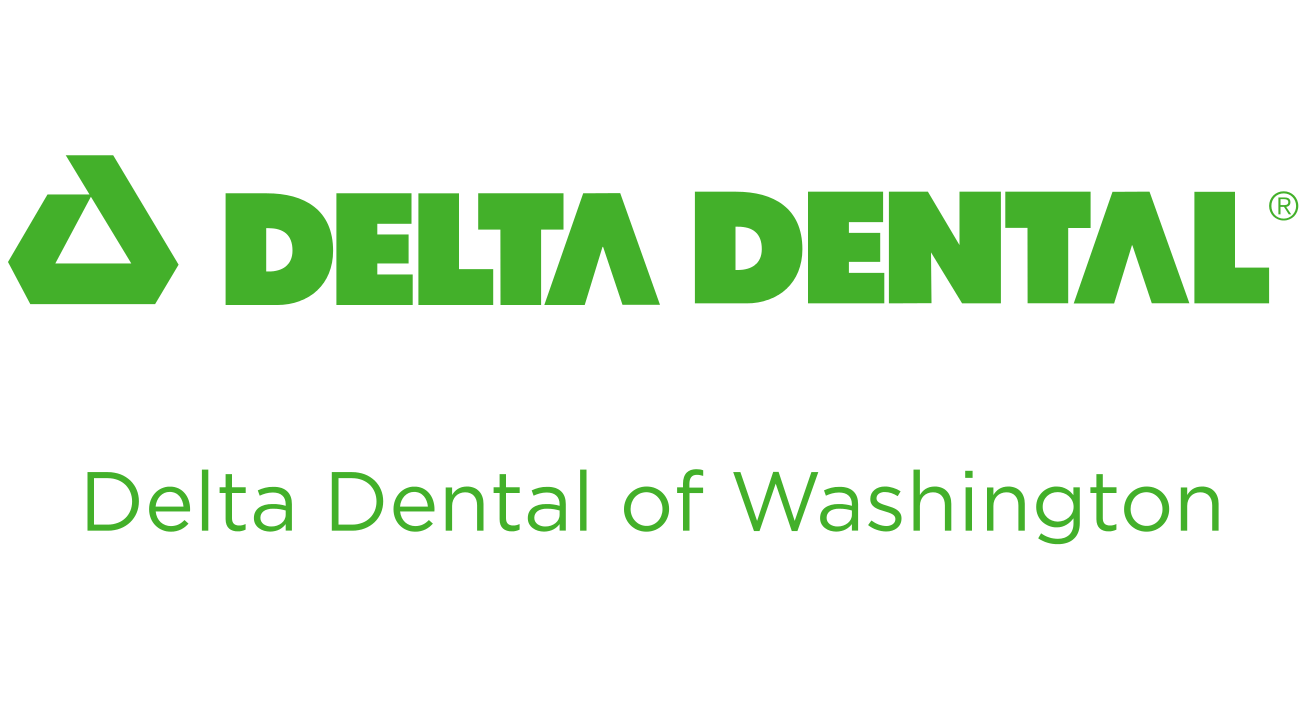Most adults come into contact with fluoride daily. It’s in most of the products dentists recommend: your toothpaste, your mouth wash, and it’s likely even in your water supply! But what about kids? Fluoride is just as important for a child’s oral hygiene as it is for an adult. So, we answered some questions a lot of parents have so you can make sure your kid gets the fluoride they need in the right amounts.
See available plans
What is fluoride?
Fluoride is a mineral with properties that help fight tooth decay. Since researchers discovered its oral hygiene benefit in the early 20th century, fluoride has been a standard part of an oral health toolbox for most Americans. Manufacturers put it in their toothpaste, their mouth wash, and many cities even put it in their water supply.
Fluoride can be applied directly to teeth, as in your toothpaste or mouthwash. But it can also be ingested through water or fluoride-rich foods like tea, where it is transported by your blood stream and appears in your saliva.
Do children need fluoride?
Yes! Children need fluoride even on their baby teeth. The enamel on your child’s baby teeth can decay the same as an adult’s tooth, leading to infections, cavities, and necessary dental procedures. Just because a tooth is destined to fall out, doesn’t mean you shouldn’t keep it clean and healthy. If a baby tooth decays, your child’s gums and their adult teeth may become compromised.
How do children get fluoride?
Check with your city or municipality to see if there’s fluoride in the water supply. Fluoridated water is a reliable and easy source of fluoride. Cities have been fluoridating their water supply for decades and communities have seen a large decrease in tooth decay because of it.
Boost your child’s fluoride by brushing their teeth with fluoridated toothpaste. Just a small dot of children’s toothpaste twice a day is enough for infants and toddlers up to the age of 3. You can gradually increase the amount of fluoridated toothpaste as your child ages.
Are there dangers to fluoride?
Since children tend to swallow their toothpaste, they are at a higher risk of dental fluorosis, which is the appearance of white discolorations on their teeth. Other than the cosmetic appearance of these spots, dental fluorosis doesn’t cause any other harm.
The recommended daily ingested intake of fluoride for a child 6 months and under is about .5 mg. By one year old, the recommendation is 1 mg and increases by 1 mg every four years after that.
Teach your child to brush their teeth and spit out the toothpaste as early as you can. And until you can trust them to do it on their own, monitor their brushing routine.
What about fluoride varnish?
Fluoride varnish is part of your pediatric dentist’s routine preventive therapies. It’s recommended that you bring your child into their first dental appointment before their first birthday, around the time they start teething. At around this time, usually during the first or second appointment, your pediatric dentist will apply fluoride varnish to each tooth. It will harden on the tooth and then you’ll be able to simply brush it off later. This process helps protect your child’s teeth and it’s recommended you repeat the process twice a year until your child turns five.
What do you need to know about fluoride for your child?
Fluoride is safe, effective, and common in any dental hygiene regimen. Starting your child with fluoride at around the time their first teeth appear will establish a great base for a healthy smile for years to come.
Looking for a dental plan?
See available plans
Explore related topics

Your child and dental anesthesia

Children's oral health: a guide

Tips for Taking Your Special Needs Child to the Dentist


